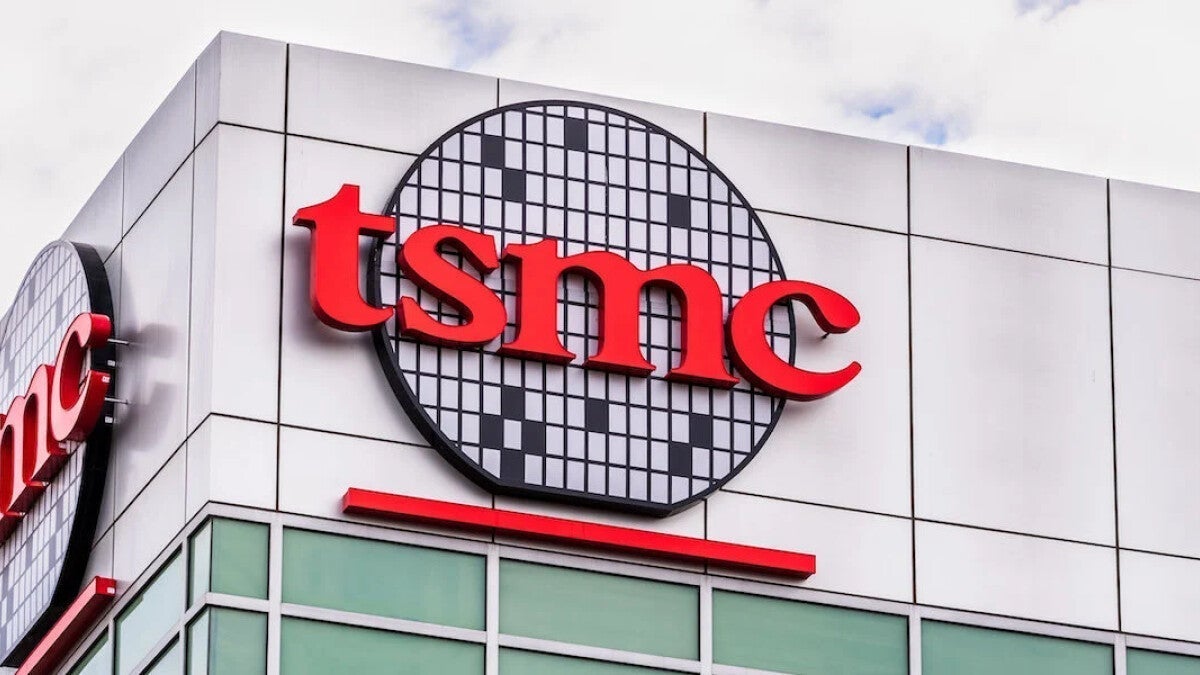U.S. sanctions now require Chinese companies use U.S.-whitelisted OSATs (Outsourced Semiconductor Assembly and Test) in order to receive chips they have assembled by TSMC. A ‘fabless’ chip designer is one that doesn’t own any chip manufacturing facilities or fabs. Thus, these firms turn to TSMC to produce the chips based on designs submitted to the Taiwan-based contract foundry.
New U.S. rules also prevent exports to China of chips with over 30 billion transistors produced using the 16nm process node or lower unless developers receive a license from the U.S. Department of Commerce. U.S., Taiwan, and allied nations can also try to receive a permit if the chips are being sold to approved customers. China’s DeepSeek-R1 was reportedly trained using 2,048 Nvidia H800 GPUs over a two-month period. The Nvidia H800 GPU, built on the 4nm process node, reportedly packs 80 billion transistors which should make the chip powerful and energy efficient.
Despite the new restrictions, companies like Apple, AMD, Intel, MediaTek, and others are expected to receive licenses even for chips with more than 30 billion transistors shoehorned inside. However, mainstream GPUs that companies like AMD, Intel, and Nvidia previously sold to Chinese firms without restrictions will now need a license to be shipped to China. It is interesting that in some cases TSMC’s restrictions are even tighter than those imposed by the U.S.









